Of all the books in the world, the best stories are found between the pages of a passport. - Meme
4 February 2020, Dakar to Thiѐs by bus (after visit to Gorée Island)
Complexe Le Tapis Verte 15,000XOF (R366)
Today, before returning to Thiѐs by bus, we took the ferry to Gorée Island, about 2km from the Dakar port.
“The island of Gorée was one of the first places in Africa to be settled by Europeans, as the Portuguese settled on the island in 1444. It was captured by the United Netherlands in 1588, then the Portuguese again, and again the Dutch... before the British took it over under Robert Holmes in 1664. After the French invasion in 1677, the island remained … French until 1960 [though] There were brief periods of British occupation during the various wars fought by France and Britain. In 1960 Senegal was granted independence.” (Wikipedia)
Although Gorée is (in)famous for its association with the slave trade, there is a dispute about how important a role it in fact played as a staging post for captured slaves departing West Africa. “But whatever its emotional or spiritual power, Gorée Island's real role in the slave trade remains a matter of dispute, a contest between history and the power of myth. Despite the claims by Senegal's tour guides and tourism industry, Gorée Island was never a major shipping point for slaves, say historians. No slaves were ever sold at what is known as the "House of Slaves." No Africans ever stepped through the famous "door of no return" to waiting ships, either… Although it functioned as a commercial center, it was never a key departure point for slaves... Most Africans sold into slavery in the Senegal region would have departed from thriving slave depots at the mouths of the Senegal River to the north and the Gambia River to the south, he says. During about 400 years of the Atlantic slave trade when an estimated 10 million Africans were taken from Africa, maybe 50,000 slaves - not 20 million as claimed by the Slave House curator - might have spent time on the island…” (baltimoresun.com)
VERSUS
“From the 15th to the 19th century, it was the largest slave-trading centre on the African coast. Ruled in succession by the Portuguese, Dutch, English and French, its architecture is characterized by the contrast between the grim slave-quarters and the elegant houses of the slave traders. Today it continues to serve as a reminder of human exploitation and as a sanctuary for reconciliation.” (Unesco.org)
Whatever the truth (and I confess after our visit to siding with the skeptics), Gorée should be, and is to some extent, evocative, a reminder of a grim period in human history. What strikes one mainly, however, is how very pretty the old colonial buildings are. How, under the bluest of skies, the pastel painted houses match the trailing bougainvillea, all pink and red and mustard. How the narrow, carless, cobbled avenues meander past buildings of grey stone, made bright with shutters in turquoise and green.
We have been biking Africa since 1 March 2019. If you read our blog, you will know I complain often about a lack of aesthetic pleasure. We often see pretty scenery, but seldom pretty buildings or rooms or restaurants. Gorée gave us real pleasure. The buildings are well-maintained on the whole, the scene inviting. We visited the museum in the circular fort (all captions in French only, unfortunately), then breakfasted on the beach. Then walked the random streets to the House of Slaves*, which was closed until after our preferred ferry departure time. Luckily a school group were visiting, so the caretaker allowed us in too. The stairs were packed with youngsters listening patiently to a lengthy lecture, so we did not visit the upstairs section, seeing only the few holding cells downstairs.
A good day. Tomorrow we are back on the bikes, heading north to Mauritania, the desert and the Harmattan wind.

Railway station, Dakar

Railway station, Dakar
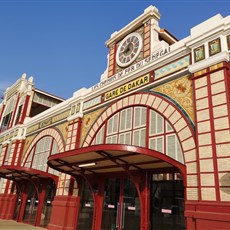
Railway station, Dakar
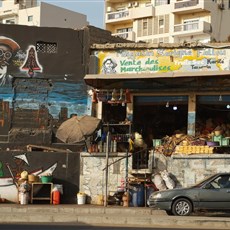
Dakar

Dakar
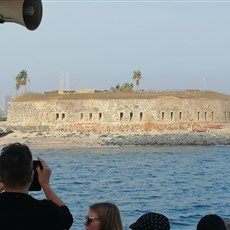
Gorée Island, Dakar
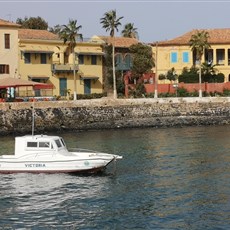
Gorée Island, Dakar
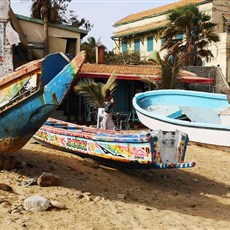
Gorée Island, Dakar
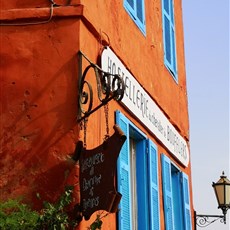
Gorée Island, Dakar
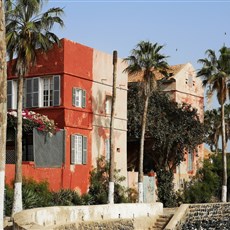
Gorée Island, Dakar
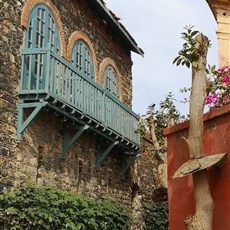
Gorée Island, Dakar
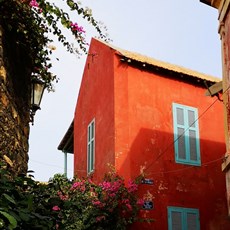
Gorée Island, Dakar
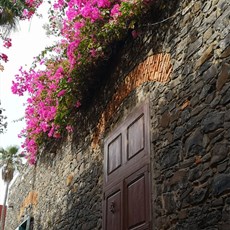
Gorée Island, Dakar

Gorée Island, Dakar
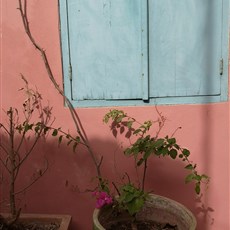
Gorée Island, Dakar
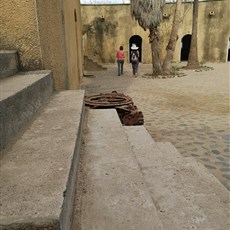
Fort D'Estrees, Gorée Island, Dakar
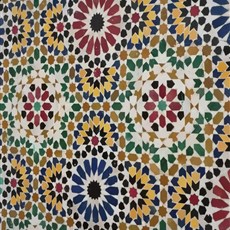
Fort D'Estrees, Gorée Island, Dakar
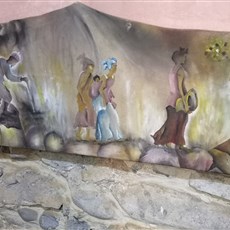
Fort D'Estrees, Gorée Island, Dakar
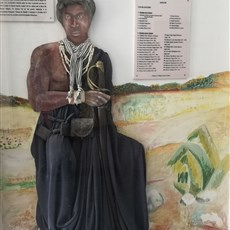
Fort D'Estrees, Gorée Island, Dakar
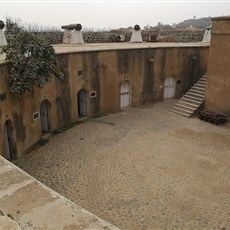
Fort D'Estrees, Gorée Island, Dakar
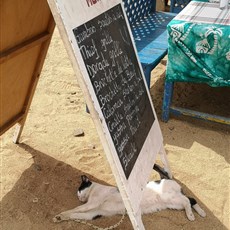
Gorée Island, Dakar

Gorée Island, Dakar

Gorée Island, Dakar
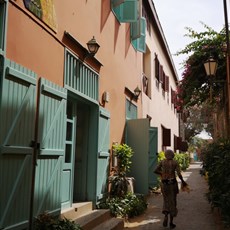
Gorée Island, Dakar

Gorée Island, Dakar

Gorée Island, Dakar
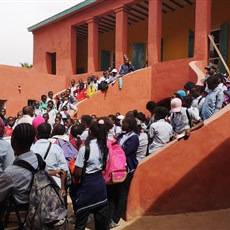
House of Slaves, Gorée Island, Dakar
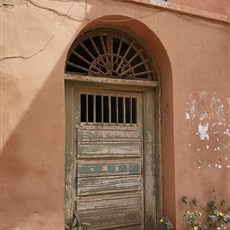
Gorée Island, Dakar
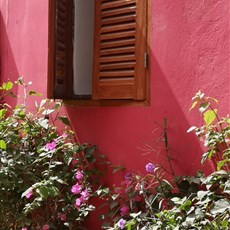
Gorée Island, Dakar
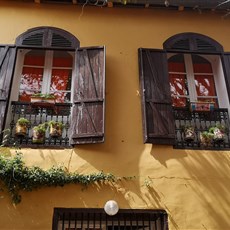
Gorée Island, Dakar
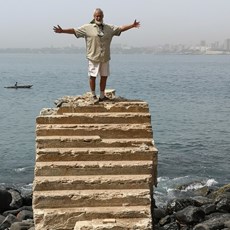
Gorée Island, Dakar
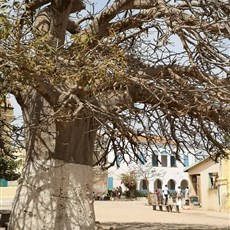
Gorée Island, Dakar
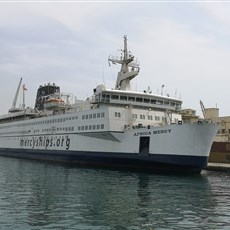
Mercy ship (medical), Dakar port